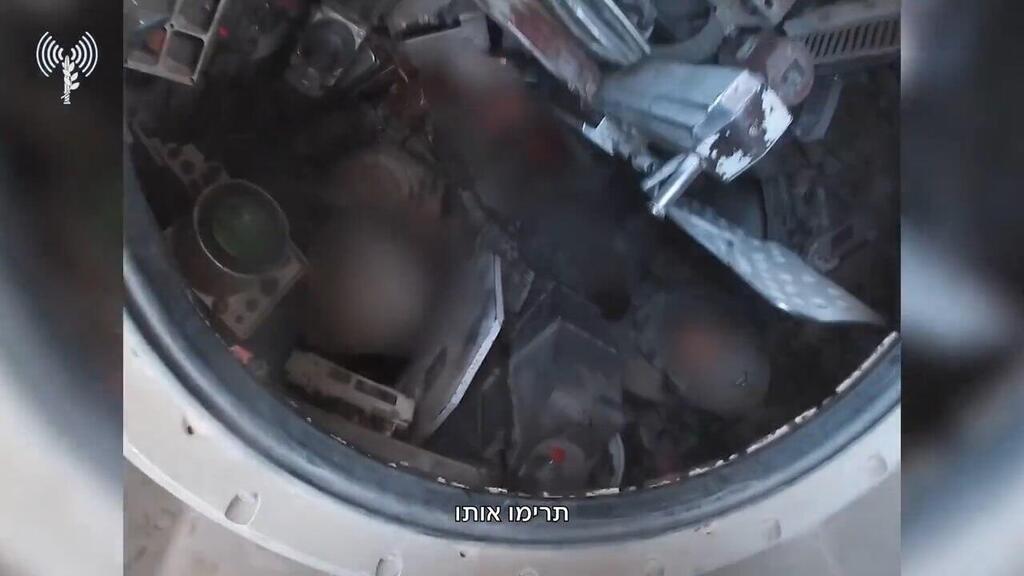The IDF released helmet camera footage Monday showing the life-saving treatment of a Givati Brigade soldier whose hand was severed by an anti-tank missile during clashes in Jabaliya, Gaza, weeks ago. The missile narrowly missed the soldier’s head but struck his arm, causing the devastating injury.
Dr. Lieutenant Itay, a 28-year-old IDF physician serving with the 9th Battalion, reached the soldier within minutes, stabilizing him despite the chaos. Itay worked alongside paramedic Adi to administer critical care, keeping the soldier conscious during the turbulent evacuation.
Saving the wounded soldier's life
(Video: IDF Spokesperson's Unit)
Footage shows medics treating the soldier, documenting procedures for hospital staff and transferring him to an evacuation helicopter. When the soldier’s condition worsened en route—marked by vomiting and a dangerous drop in blood pressure—Itay resorted to invasive field interventions to save his life.
Casualty reduction rates among global best
The IDF has reduced the mortality rate among wounded soldiers to an average of 7% during the fighting in both Gaza and southern Lebanon. This is significantly lower than global benchmarks: Western militaries average 20%, with U.S. casualties in Iraq and Afghanistan at approximately 25%. During the 2006 Second Lebanon War, IDF casualty rates stood at 14.8%, and they further dropped to 9% in 2014’s Operation Protective Edge.
This achievement means the IDF now has more critically injured soldiers who survive—380 so far in the current war—compared to those who might not have made it under previous benchmarks.
Innovative medical practices in combat zones
A key contributor to these improved outcomes is the IDF’s use of paramedics and physicians who can administer whole blood transfusions at the battalion and brigade levels. This capability, unparalleled globally, has been employed extensively in recent weeks, including in southern Lebanon.
Get the Ynetnews app on your smartphone: Google Play: https://bit.ly/4eJ37pE | Apple App Store: https://bit.ly/3ZL7iNv
Additionally, the IDF boasts evacuation times far below historical averages. From Gaza, wounded soldiers are airlifted within 65 minutes or transported by vehicle within 91 minutes. On the northern front, helicopter evacuations average 84 minutes, while vehicle transports take 111 minutes—a significant improvement from the 199-minute average during the 2006 Lebanon War.
Comprehensive medical response
Medical Corps data highlights the scale of operations: 726 wounded were treated in southern Lebanon, 5,080 wounded were treated in Gaza, 256 complex rescues from combat zones, 495 airlifting operations were conducted and 86 units of whole blood were administered to the wounded.
For the first time, the IDF Medical Corps has also established a large-scale mental health center for soldiers, staffed by hundreds of psychologists and psychiatrists. A new rehabilitation center is under development to support soldiers discharged from hospitals, providing ongoing care and assistance in their recovery months after injury.







